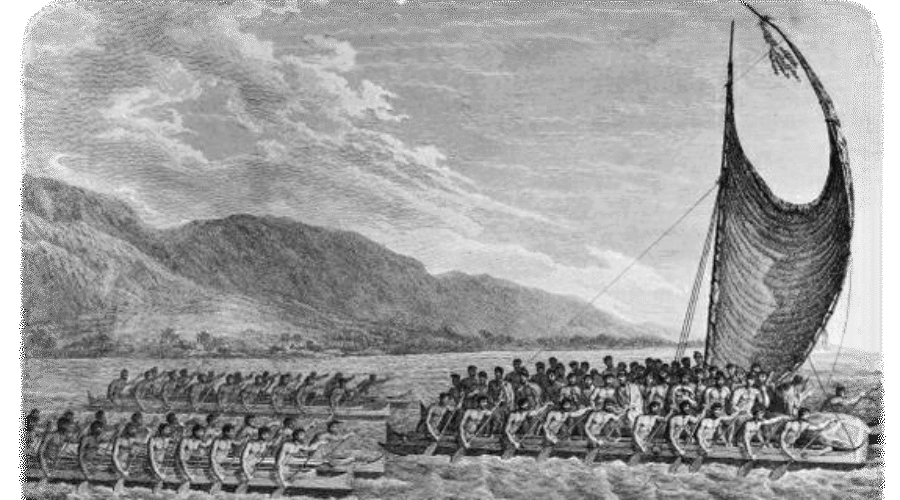Unearthing Te Puke’s Past: A Journey Through Time
Nestled in the heart of the Bay of Plenty, Te Puke is renowned as the “Kiwifruit Capital of the World,” but the story of this vibrant town stretches back long before the first kiwifruit vine was planted. It’s a history shaped by powerful forces of nature, the arrival of ancient canoes, and the pioneering spirit of its people.
The First People: Arrival of the Te Arawa Canoe
The earliest known history of the Te Puke area begins around 1350 with the arrival of the Te Arawa waka (canoe) from Hawaiki. The canoe, under the command of Chief Tamatekapua, is said to have made landfall at nearby Maketū. From there, iwi (tribes) ventured inland, exploring the fertile land and establishing settlements and fortified villages, known as pā.
The name “Te Puke” itself is deeply rooted in this early history. It comes from Hei, a rangatira (chief) on the Te Arawa waka, who named a hill he could see from the ocean “Te Puke-o-Tawa,” or the “hill of Tawa,” after his wife. This name eventually gave way to the shorter “Te Puke.” Today, the primary iwi in the area are Tapuika and Waitaha, who belong to the Te Arawa confederation. You can find more information about these iwi on the Te Kāhui Māngai website and learn about their history on the Waitaha iwi site.
European Settlement: From Swamps to Dairy Farms
For centuries, the area’s dense swamplands and thick bush made it difficult for newcomers to settle. However, in the 1870s, as demand for land grew in the Tauranga area, new trails were blazed. Organized European settlement began in earnest in 1881, when George Vesey Stewart, an Ulsterman, brought the first British settlers directly from London to Te Puke.
These pioneers faced immense challenges, from draining the impassable swamplands to clearing the land for farming. The early economy was based on dairying and crops like maize and wheat. The town quickly grew, with the first butter factory established by 1884. The arrival of the East Coast Main Trunk Railway in 1928 further connected Te Puke to the rest of the country, solidifying its role as a regional hub.
A Town of Resilience and Evolution
Te Puke’s history is not just a tale of settlement but one of constant evolution. Early industries like flax milling and saw milling played a significant role, with the latter still a major industry today. The town has also been a witness to key moments in New Zealand’s history, from the Land Wars to the development of modern agriculture. The transition from a dairy town to the undisputed “Kiwifruit Capital” in the 1970s is a testament to the community’s adaptability and foresight.
The legacy of both the original Māori inhabitants and the early European pioneers is visible today in the town’s vibrant community and the names of its roads and landmarks. For a more detailed look at the town’s history, visit the Te Ara Encyclopedia of New Zealand. Te Puke is a place where every hill, every stream, and every orchard tells a part of a rich and layered story.



